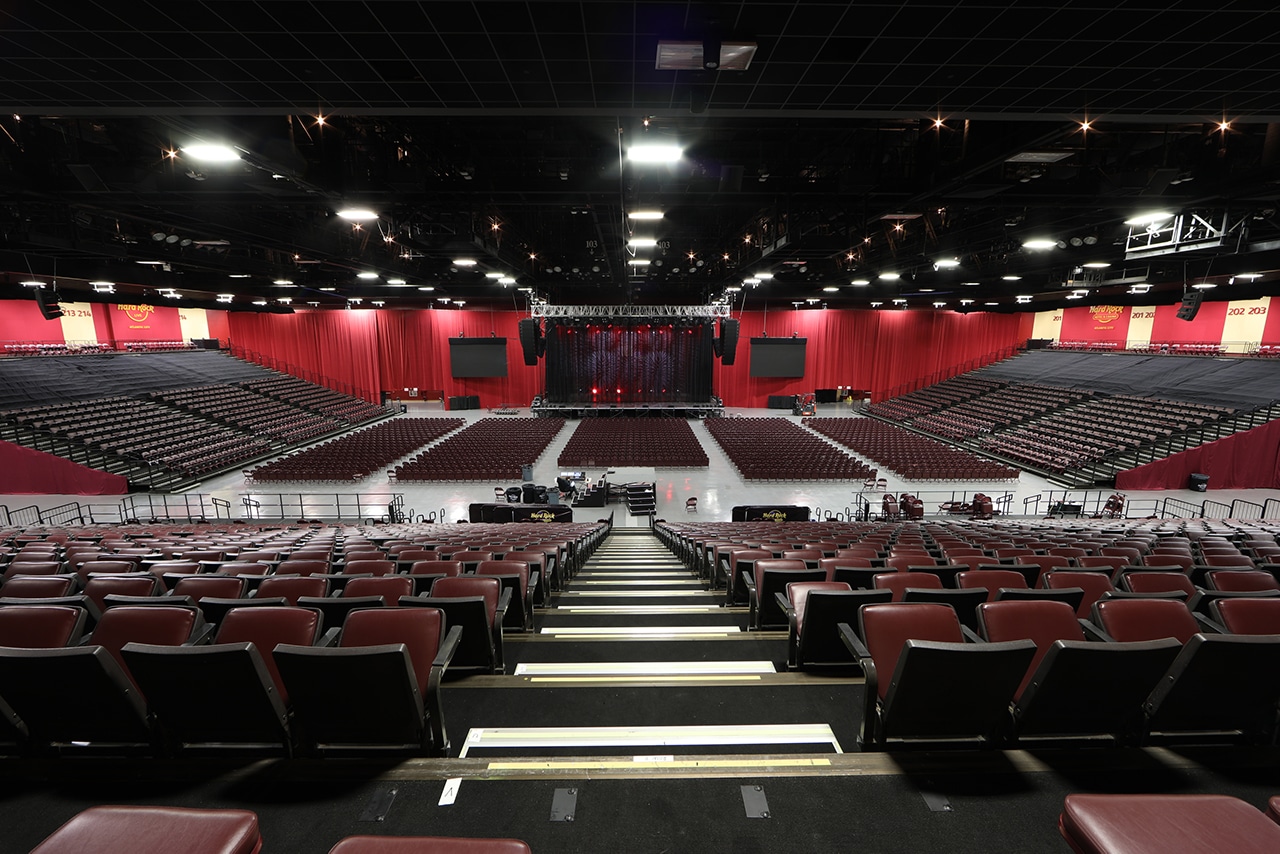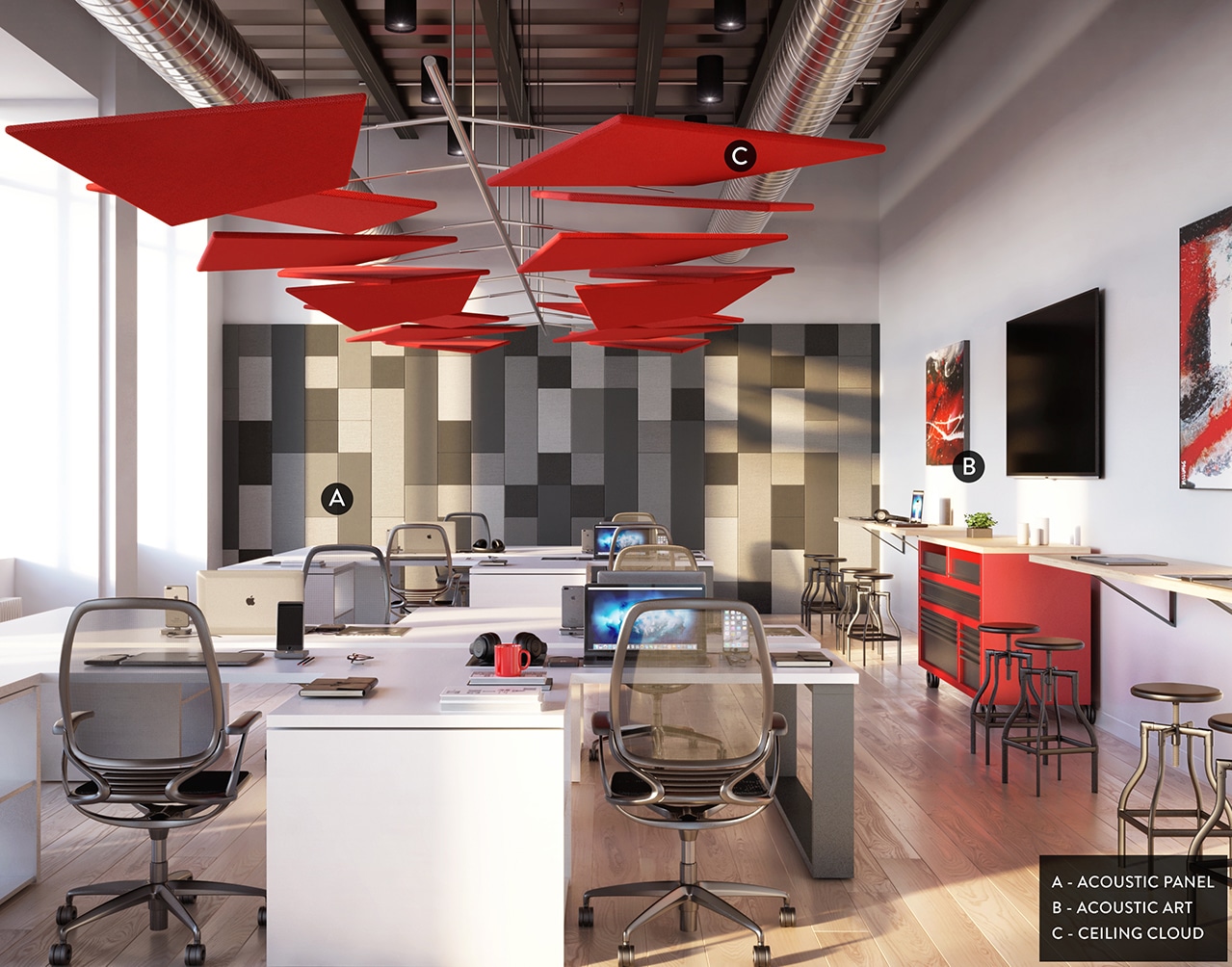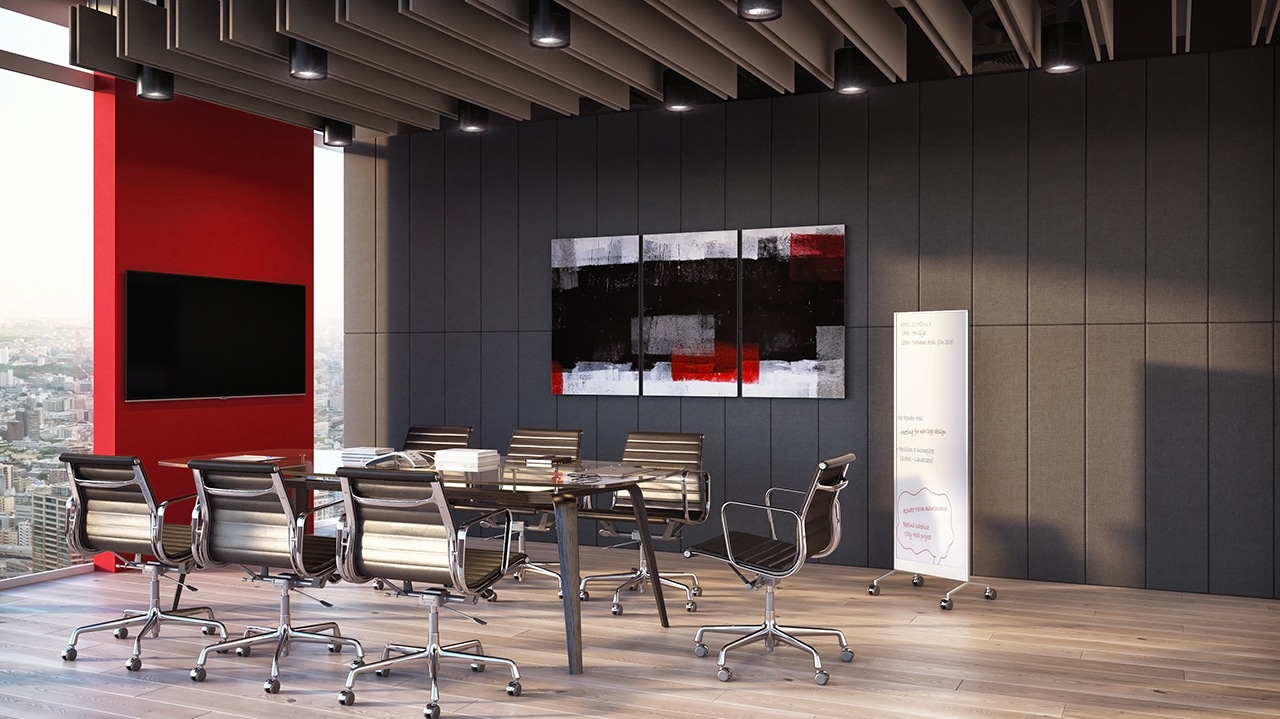Designers sometimes treat acoustics as an afterthought. That can be an expensive mistake.

Overtone provided acoustical solutions for the Etess Arena at the Hard Rock Hotel and Casino in Atlantic City. [Photo: Courtesy of Overtone Acoustics]

How do you develop a passion for sound? For Brad Turpin, it started with a love of music and gained steam when he took his spare bedroom down to the studs in order to create a full-fledged in-home recording studio. Through that process, he realized the products he needed to create pro-quality sound weren’t readily available on the market. Thus, Overtone Acoustics was born. Since he founded the company in 2011, it has grown into an industry-leading creator of acoustical solutions for any environment, from office to home to studio. Turpin explains why acoustical treatments can’t be an afterthought.
First and foremost, considering sound from the outset will save you time and money, along with preventing headaches. Architecture, interior design, and finishes usually command the most focus on a project, and yet sound is a fourth dimension that’s essential to consider. All too often, architects and interior designers create an environment only to discover the acoustics need to be improved.
That was the case when Milwaukee Tool completed a multimillion-dollar addition to its headquarters in late 2017. The building’s interior design featured exposed steel beams and open spaces for employee collaboration. It looked great, but there was one problem. After the first meetings in any of the dozens of new conference rooms, employees realized sound was ricocheting off the hard surface and affecting speech intelligibility, making it difficult to clearly hear coworkers.

An annotated rendering of Overtone’s collaborative office concept for Milwaukee Tool. [Rendering: Courtesy of Overtone Acoustics]
The solution? Custom acoustical ceiling panels that mimic the steel beams. Overtone crafted these ceiling baffles to refine the sound environment in the conference rooms, along with a custom wall system in which acoustical panels were covered with company images and logos. This vastly improved the overall acoustics in these spaces. As a result, the company plans to consider acoustics from the start of any future expansion plans.

Overtone’s conference room concept for Milwaukee Tool. Read more from Overtone Acoustics in May, when Turpin tackles aesthetics. [Rendering: Courtesy of Overtone Acoustics]
Clearly, planning ahead can prevent costly rework as you try to implement a sound solution after the design is complete. It’s also a way for architects and designers to differentiate themselves from the competition. Thanks to the user-friendly sound measurement tools and innovative products on the market today, precise management is increasingly accessible. When acoustics are done right, they truly differentiate a space, and they show that the designer grasps the importance of sound and cares about the people who will inhabit the space.

